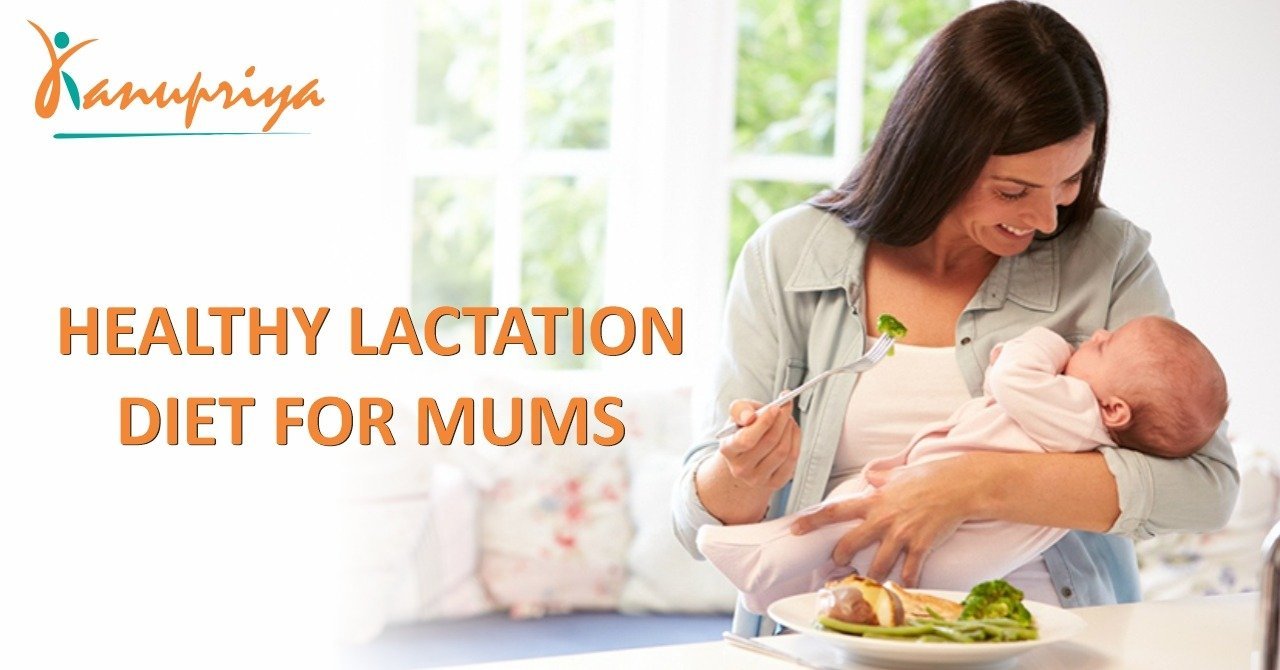As a fertility nutrition specialist, I get many patients who are obese yet pregnant. It is a well-established fact that obesity increases the chances of pregnancy related complications like, miscarriages, gestational diabetes, hypertension during pregnancy, development complications in the unborn child, etc. For such women, the recommendation is that they should not gain more than 4-5 kgs of weight during pregnancy, but their bodies should use the stored reserves for the growth of the baby.
It becomes a challenging task for these women to ensure that their unborn babies are getting enough nutrients for growth and development and to satisfy their food cravings without gaining too much weight.
To achieve the same, they must keep in mind the following guidelines:
- During the first trimester, they should ensure not to gain any weight. The growing foetus does not require any extra energy or protein, and thus the dietary intake of the mother should remain the same with special emphasis on fruits and vegetables.
- The woman should exercise restraint when to comes to eating fried foods, foods with high salt content or sweets, including foods with honey and jaggery. Portion control is of paramount importance during this time.
- She must ensure that her diet includes a variety of fruits and vegetables, so that her unborn baby gets all the nutrients essential for optimal growth and development.
- Water and fluid intake are extremely important, and she must drink 12-14 glasses of the same daily during the second and third trimester.
- The pregnant woman must remain physically active throughout her pregnancy (as long as there is no medical condition preventing the same, check with the consulting gynaecologist and obstetrician). Physical activity ensures the following: it helps in maintaining the weight and prevents excessive weight gain, it helps in maintaining blood sugar levels and blood pressure, etc.
- Lastly, but most importantly, she must try to remain cheerful and happy during her pregnancy. Being pregnant is a very special experience and time in a woman’s life. To make it happy and stress-free, contact us at Kanupriya. As a fertility nutrition specialist we shall help you have a safe and healthy pregnancy.





